Early Bird
Deadline
January 31, 2026
Judging
Date
May 18, 2026
Winners
Announced
June 10, 2026
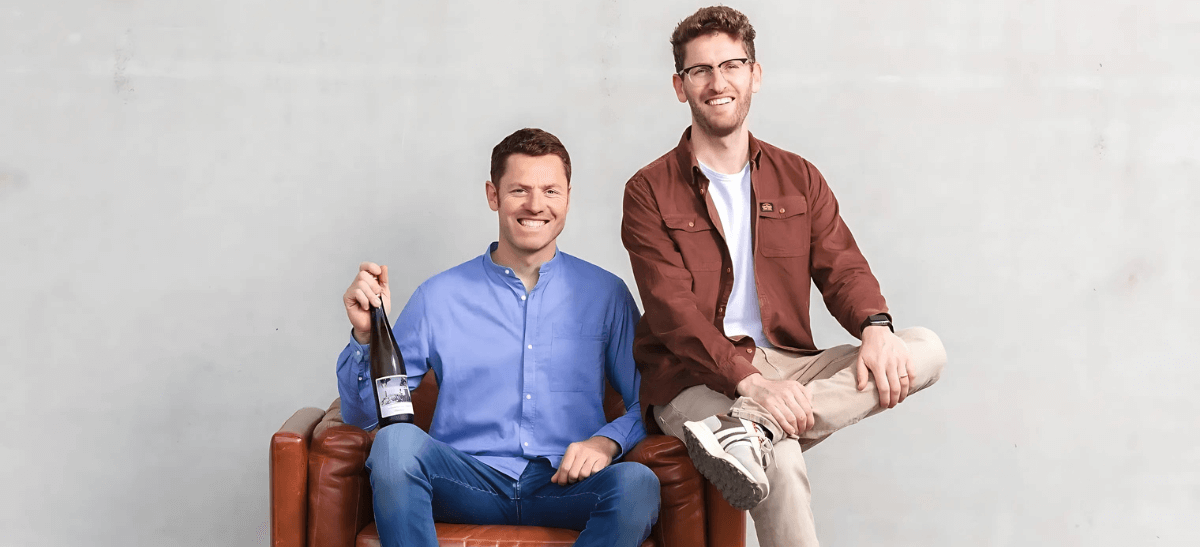
The Zellertal valley, once a cornerstone of German winemaking history, is quietly reclaiming its identity through the work of determined vintners like Georg and Stephan Schwedhelm. At the 2025 Sommeliers Choice Awards, Weingut Schwedhelm was named Winery of the Year Germany, an accolade sparked by their Scheurebe Zellertal trocken 2023, which earned a Gold Medal and 95 points. The wine—a taut, aromatic white with a mineral backbone—stood out not just for its varietal clarity but for how deeply it reflects the Schwedhelm brothers’ minimal-intervention approach and deep-rooted belief in their region’s potential.
In this conversation, Georg Schwedhelm reflects on the significance of the award, the gentle resurgence of Scheurebe, and how his family’s estate is introducing a new generation of sommeliers and drinkers to the understated power of Zellertal terroir.
This award means a lot to us. Our winery is still relatively unknown in the U.S., and we hope that it will help draw more attention to us and the Zellertal.
Scheurebe isn’t always an obvious grape in international markets, yet this wine stood out. How do you present this variety to sommeliers and consumers outside of Germany, particularly those unfamiliar with its potential as a dry, structured, mineral-driven white?
Scheurebe is still a relatively unknown grape variety outside of Germany. It shows some similarities to Sauvignon Blanc, but, in my opinion, offers even more layers and depth. The exotic fruit aromas and subtle vegetative notes, combined with the unique conditions of the Zellertal, make it a pleasant surprise in the glass.
It’s not just fruit and tropical flair, which in the past, especially when paired with residual sugar, was often a challenge for the variety. Instead, despite its aromatic character, it has a precise minerality and herbal spiciness that create a beautiful complexity in the wine.
Of course, this variety needs to be introduced deliberately to sommeliers and customers, but once they’re open to it, most are genuinely excited by this unique combination.
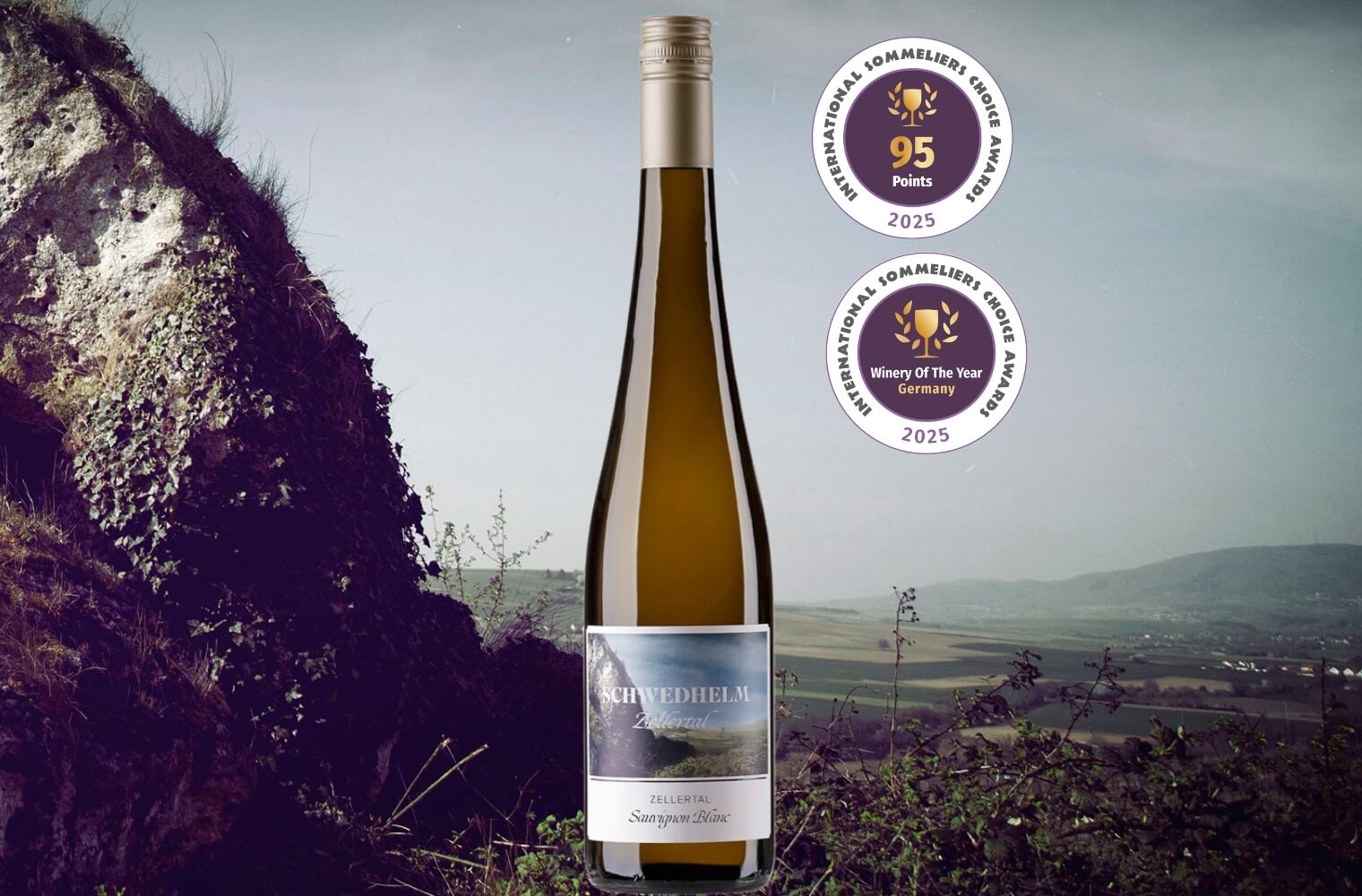
Image: Scheurebe Zellertal trocken 2023 from Weingut Schwedhelm was named “Winery of the Year Germany” at the 2025 Sommeliers Choice Awards.
The Zellertal is the oldest winegrowing region in the entire Palatinate. Wine was already being cultivated in our valley as early as 708 AD, which proves that even then, the climatic conditions were suitable for viticulture without artificial intervention, allowing people to work in harmony with nature.
Up until the 1950s, the Zeller Schwarzer Herrgott was also considered the most valuable vineyard site in the Palatinate. Unfortunately, this legacy faded as vintners began to lose focus on the strengths of the Zellertal. Combined with its position between the Palatinate and Rheinhessen, our valley sadly fell into obscurity.
But if you look at what’s happening today, it becomes clear that some of the top German wineries have been investing heavily in the Zellertal for years — and now, some of the most expensive and sought-after wines are coming from this very region. That’s no coincidence. It has everything to do with the Zellertal’s unique conditions: the cooler climate, the poor clay and limestone soils, and the slower ripening process all provide the ideal setting for precise and mineral-driven wines.
That’s why I truly believe the Zellertal will play an important role in the future of German viticulture.
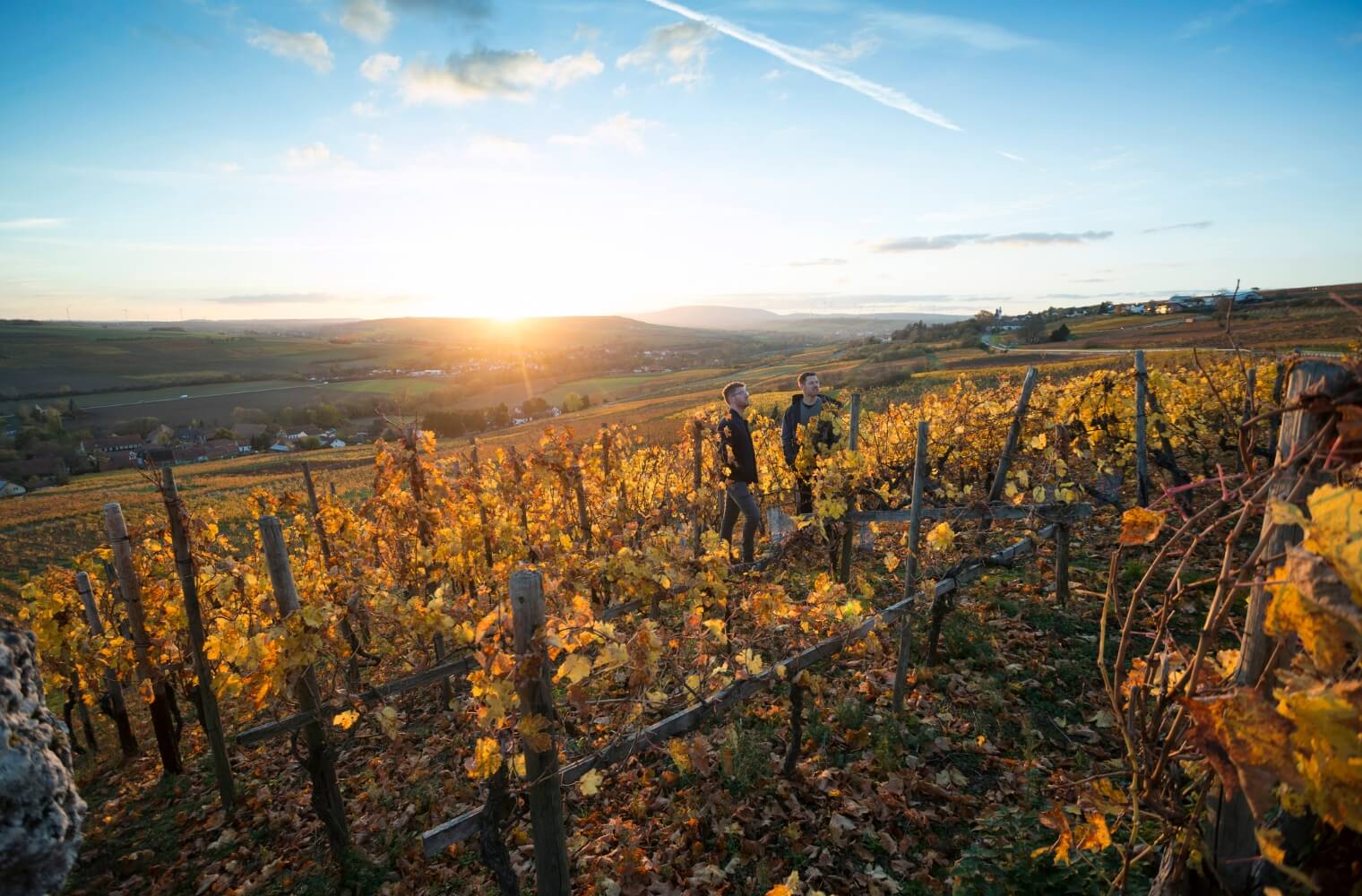
Image: Scheurebe vineyard.
Our wines are quite new on the US market. So I think Jesse Becker can give you a better overview of distribution.
Since my brother and I took over our family winery, we recognized the potential of the Zellertal for producing precise, terroir-driven wines. From that point on, we have focused on grape varieties that reflect the character of the Zellertal and thrive in its cooler climate.
Especially as we’ve become more active in export markets, we’ve placed a strong emphasis on Riesling and Burgundy varieties—namely Pinot Noir (Spätburgunder) and Chardonnay. At the same time, we haven’t neglected Scheurebe, a variety we’ve been cultivating at the estate for decades.
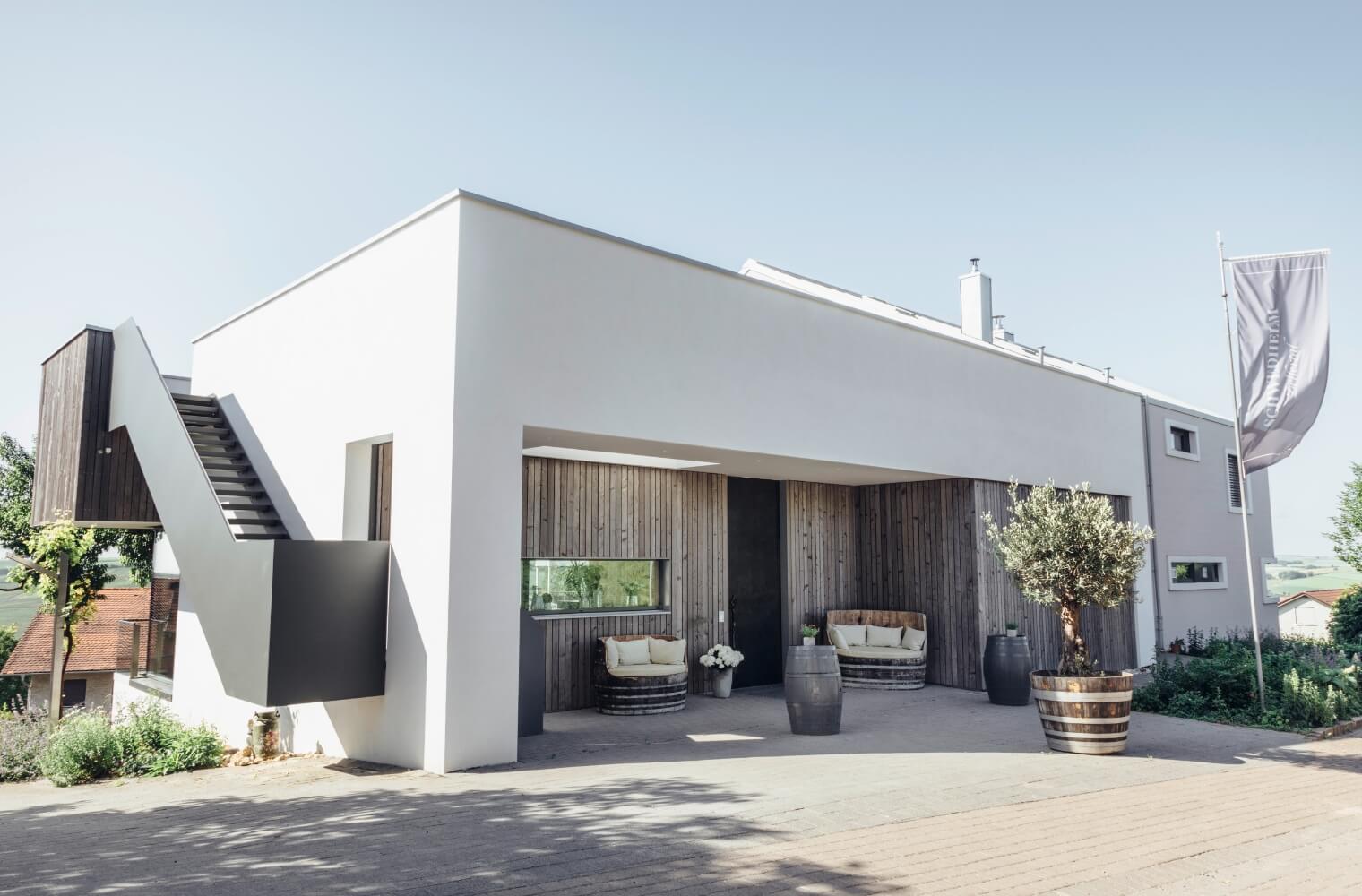
Image: Weingut Schwedhelm.
Of course, our international focus is primarily on Riesling. Riesling is the most highly regarded German grape variety, which gives us easier access to new markets. It also allows us to showcase the full range—from estate wines (Gutswein) to village-level wines (Ortswein) and all the way up to our single-vineyard wines (Lagenweine).
But it’s also rewarding to highlight niche wines like Scheurebe — a variety that may not be as well-known, but can be just as exciting and captivating.
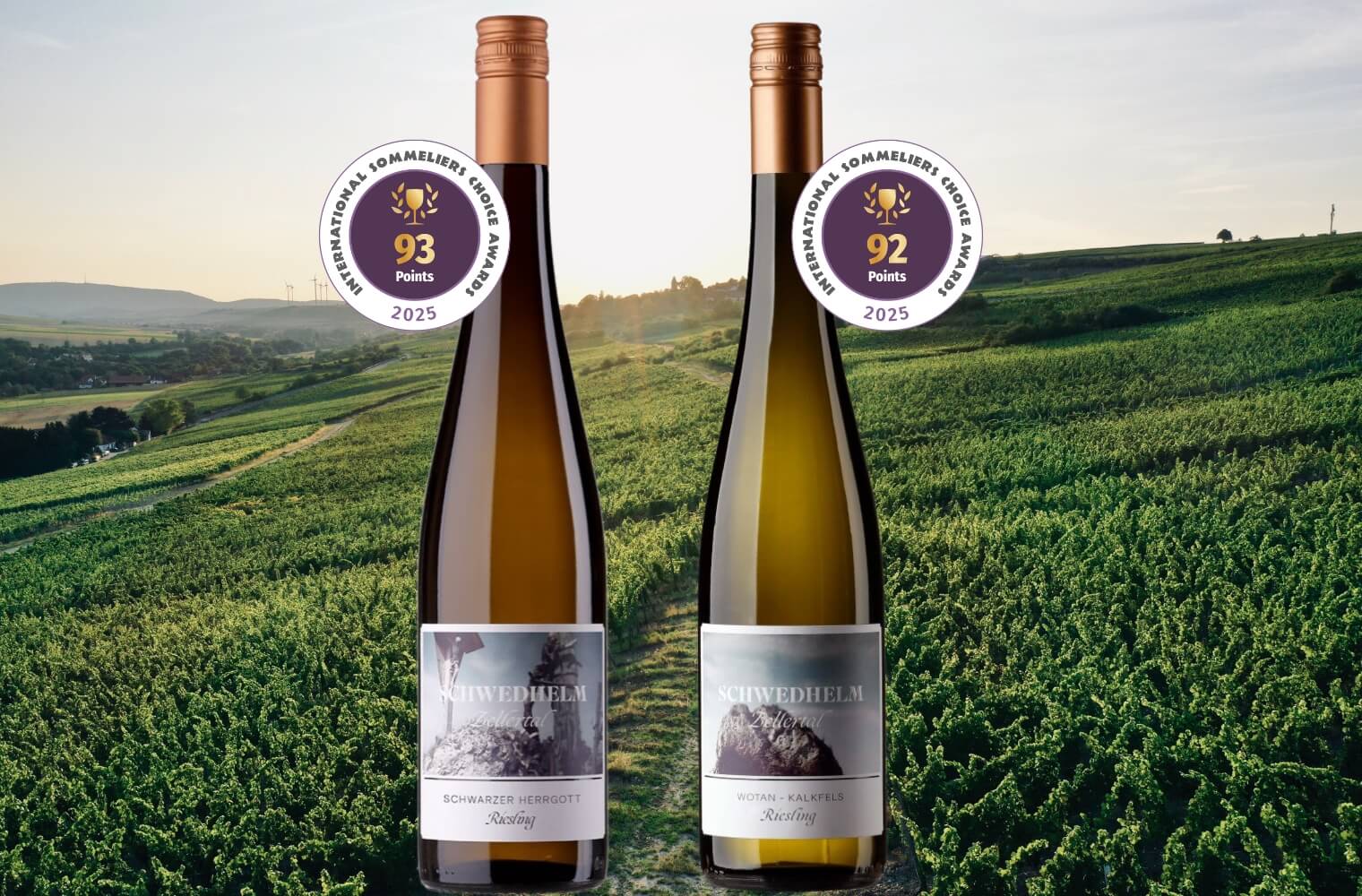
Image: Gold winners - (Left) Riesling Schwarzer Herrgott and (Right) Riesling Wotan-Kalkfels at the 2025 Sommeliers Choice Awards.
Opening up new markets naturally requires a great deal of effort. As a family-run winery, we try to provide as much support as we can. For me, it’s very important that people learn to understand and appreciate our wines from the Zellertal.
Whether that means I travel personally to conduct a training session, host a wine dinner, or something similar — or whether importers visit us at the winery — anyone who comes to understand the uniqueness of the Zellertal can’t help but be inspired by the passion for this truly special corner of Germany.
Our philosophy is to express the terroir of the Zellertal in the glass. Our style is defined by the Zellertal itself, not by a house style we impose in the cellar.
This means that grape quality and harvest timing in autumn are absolutely essential to us. The grapes we harvest represent 100% of the potential of the final wine. Everything we do during processing is aimed at staying as close to that 100% as possible.
Only then can we let the Zellertal speak in a pure and unadulterated way.
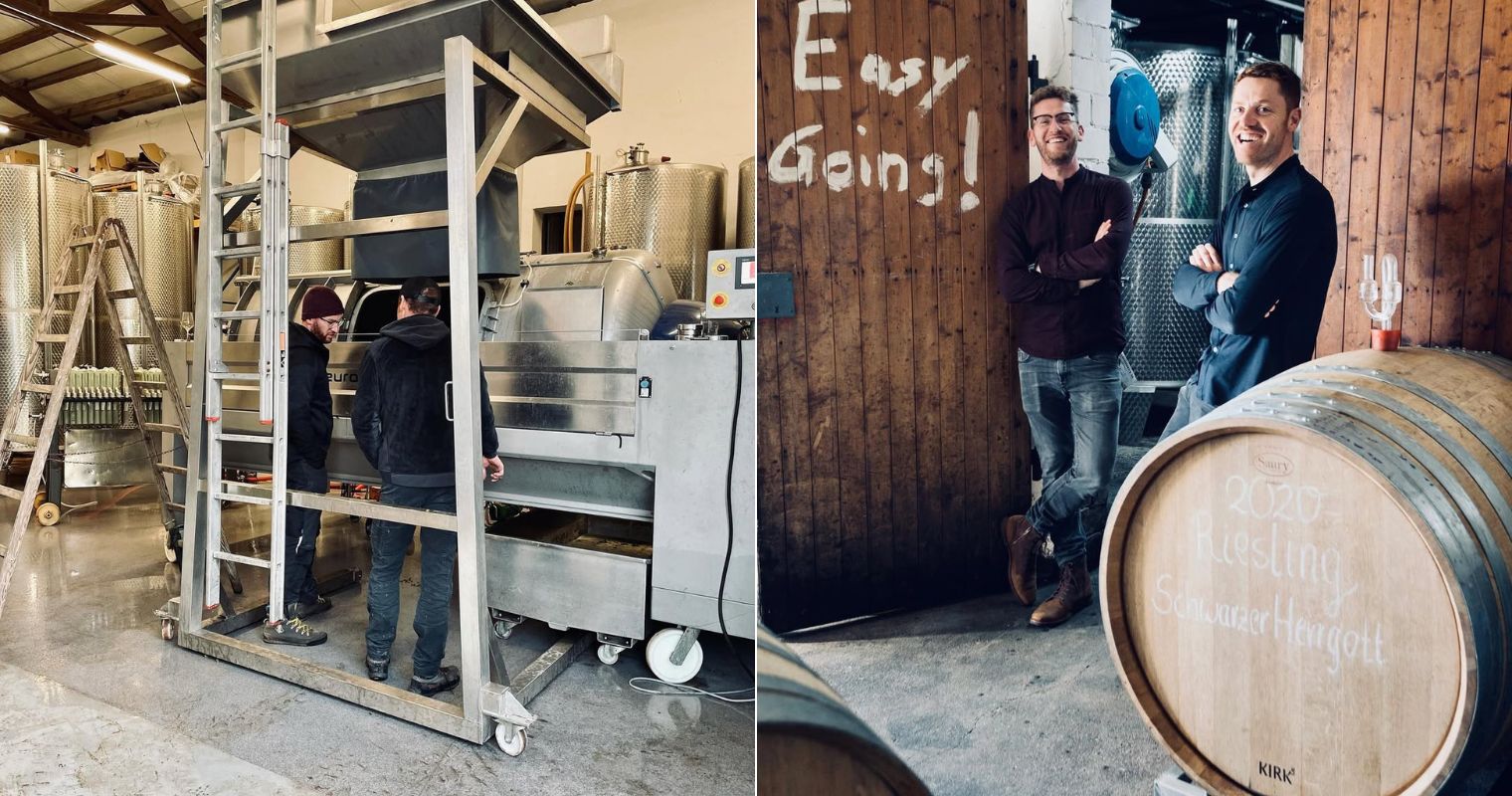
Image: The Schwedhelm brothers in the cellar.
Finally, for wine lovers and professionals who may be just discovering your wines thanks to this Sommeliers Choice Award, what do you most hope they remember about their first sip of Schwedhelm?
Enjoy your first sip of Schwedhelm. Take in the essence of the Zellertal — its minerality, its freshness.
Our wines are never too loud or overpowering; they dance across the palate. The minerality leaves a slight drying sensation, and the wines gently linger, inviting another sip even after the last drop.
Wines that stay with you long after the glass is empty.
As Weingut Schwedhelm prepares to deepen its reach in export markets like the U.S., their path forward remains anchored in a singular idea: letting Zellertal speak through the glass. Their success at the 2025 Sommeliers Choice Awards marks a validation of their craft and is a clear sign that international audiences are ready to listen. Whether it’s through Riesling, Pinot Noir, Chardonnay, or the now-celebrated Scheurebe, Schwedhelm is offering more than just wines. They’re offering a rediscovery.
In conversation with Malvika Patel, Editor and VP, Beverage Trade Network
Also Read:
Sommeliers Choice Awards 2025: Herdade Paço do Conde Named Top Portuguese Winery
Schwaderer Riesling Named Chile’s Wine of the Year at Sommeliers Choice Awards 2025
Avignonesi Wins Big: ‘Grifi’ and ‘Desiderio’ Shine at 2025 Sommeliers Choice Awards
Enter your Wines now and get in front of top Sommeliers, Wine Directors, and On-Premise Wine Buyers of USA.
